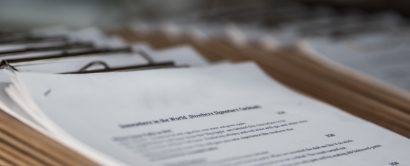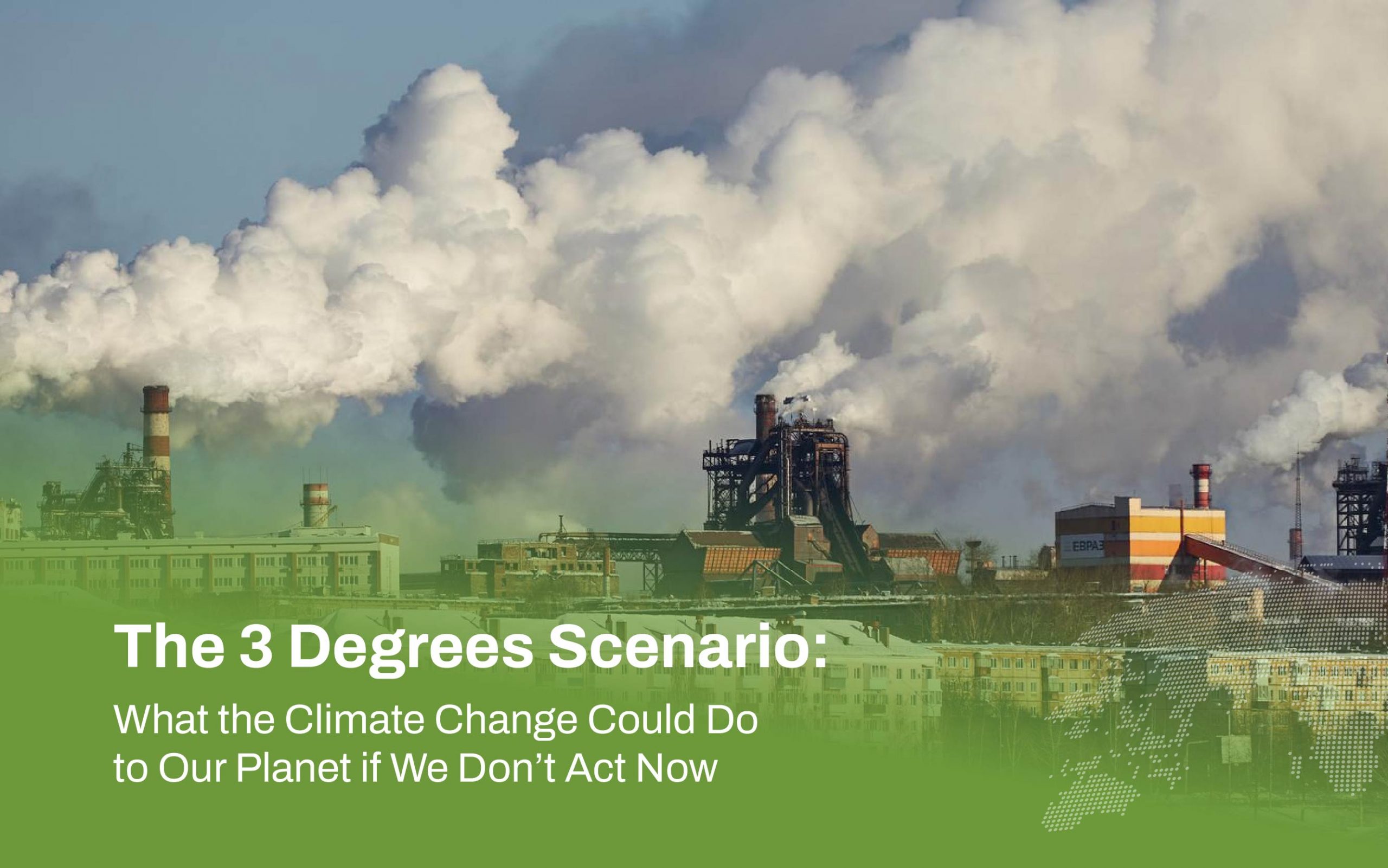The clock is ticking on our efforts to protect the climate. It is a do-or-die action with a grand scale and high urgency. However, even so, the plans and targets that are already in hand are falling short.
The world leaders gathered in Paris, France, in 2015, and almost all of them agreed to limit global warming to well below 2℃; ideally, 1.5℃ compared to pre-industrial levels under the Paris Agreement. According to the United Nations (UN), various commitments are already on the table, but plans to cut carbon fall far short of what’s needed to avert dangerous climate change, according to the United Nations (UN).
We have all just witnessed the decisions that came out of the latest UN Climate Change Conference (COP26) in Glasgow. The spirit to limit 1.5℃ is still maintained by the Parties under the Glasgow Climate Pact, with various emphases on phasing-down on coal, better deployment of climate finance, and forest aspects. However, the success in Glasgow will only be temporary if countries are only enthusiastic about signing the pact and ignore its implementation and future commitments.
Then, what will happen if we all fail to maintain 1.5℃? What if the worst-case scenario is that the UN fears that the temperature rise will continue to soar to 2.7℃ and maybe even reach 3℃ actually happens?
With all the climate-related disasters in recent times, we can imagine how catastrophic the impacts could be if we just stood still in the face of climate change. The Intergovernmental Panel on Climate Change (IPCC) report can paint a chilling picture of this.
Intense sea-level rise could put millions in danger
Sea-level rise becomes the first concern if we fail to reach the 1.5℃ target. Since 1901, according to the IPCC, we have made global sea-level rise by about 20 centimetres.
This increase probably is not much of a concern. However, we can already see what is happening in Bangladesh with a 20 centimetres increase in global sea level.
28% of Bangladesh’s population lives on the coast and are very vulnerable to the impacts of rising sea level. Climate migration is nothing new in the country and is mainly caused by tidal flooding. It is feared, by 2050, Bangladesh could lose 11% of its land area and affect about 15 million people if no further action is taken regarding this sea-level rise.
Heavy rain for some, extreme heatwaves for others
In the IPCC report, it is explained that it is very likely that extreme heat waves and heavy rain will occur in every 0.5℃ increase in global warming.
Heavy rainfall events, which previously occurred in the pre-industrial revolution only once every ten years, could occur 30% more frequently in the future. Of course, this is terrible news for a nation like India. In 2018-2019 alone, floods and landslides caused by high rainfall caused 700 people to lose their lives, with a total loss of around US$ 11 billion in India.
When other places experience heavy rain, some others will experience severe heat waves. One of the regions most threatened by rising temperatures due to global warming is Southeast Asia. It is predicted that by 2050, more than 1 billion people in Southeast Asia will live side by side with extreme heat waves. It will also affect essential crops such as rice, corn and soy in terms of unpredictable climate conditions, affecting prices for consumers and the livelihoods of farmers.
So, what’s the way forward?
Despite all the bad news of climate change and possible scenarios if we fail to avoid the 3℃ increase, there are many things we can do to prevent the crisis from getting worse. Cooperation is needed from every level, world governments, regions, cities, and local governments
With COP26 ending in Glasgow, we all have a lot of work to do that requires significant progress. We must accelerate climate action to keep alive the goal of limiting global temperature rise to 1.5℃ by ending fossil fuel subsidies, phasing out coal, putting a price on carbon, protecting forests and vulnerable communities, and delivering the $100 billion climate finance commitment.
United Cities and Local Governments (UCLG) as a global network of cities and local, regional, and metropolitan governments and their associations, has been actively taking an essential part in climate change negotiations. UCLG is aware of the importance of involving local and regional governments in a collective effort to raise awareness and fight the causes and consequences of climate change.
As the regional section, United Cities and Local Governments Asia Pacific understands the role of the governments and cities in building climate resilience due to the current condition. Following to that, UCLG ASPAC has been appointed as the Global Covenant of Mayors (GCoM) Secretariat for Southeast Asia and taking the role to lead coordination and consolidation in Southeast Asia to contribute the overall climate efforts at this region.











